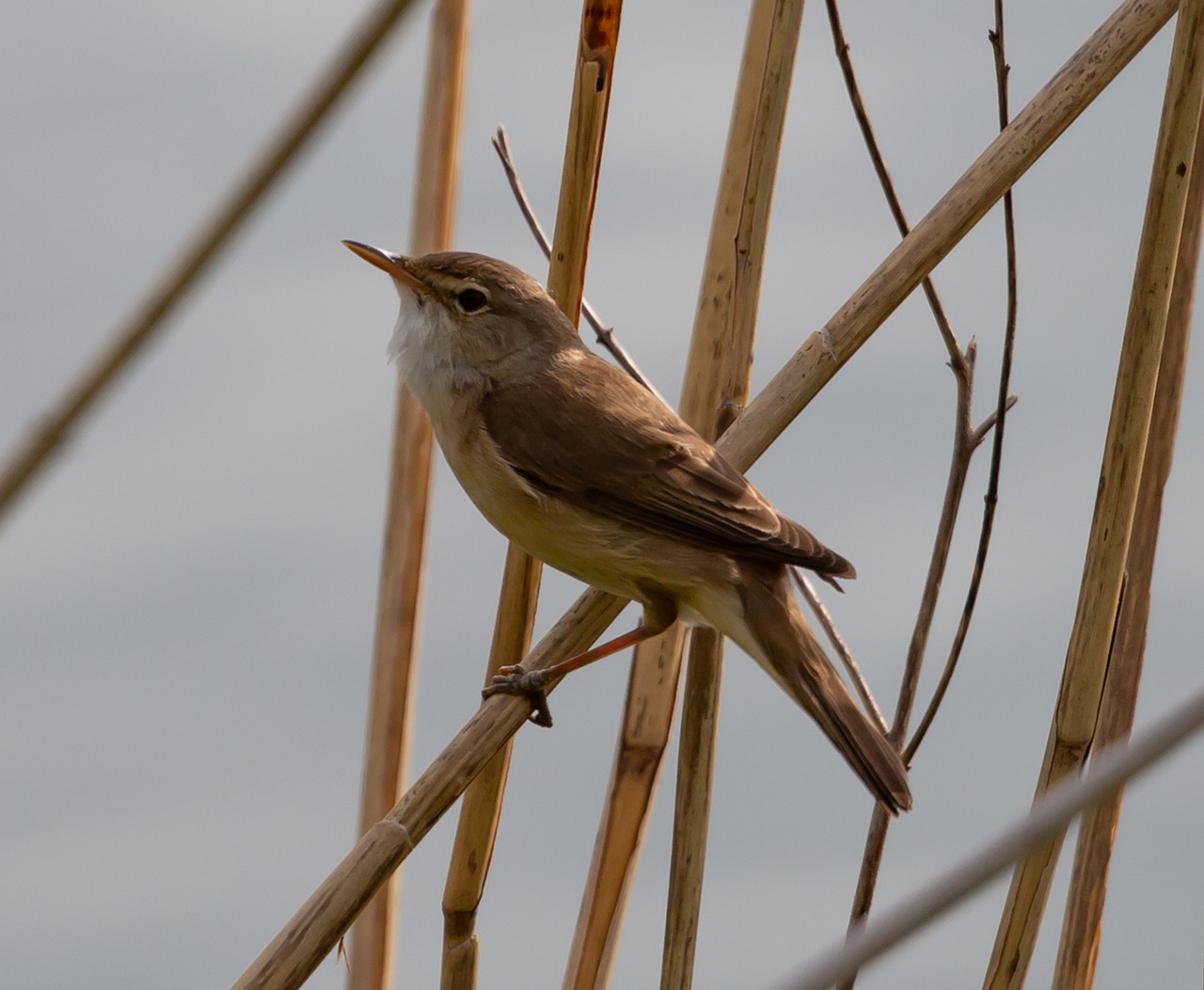Habitat distribution during the post-breeding and post-fledging period in the Reed Warbler Acrocephalus scirpaceus and Sedge Warbler A. schoenobaenus depends on food abundance
DOI:
https://doi.org/10.34080/os.v8.22946Keywords:
habitat selection, nest site selection, breeding biology, foraging ecology, predator-prey interactionAbstract
Habitat selection in Reed and Sedge Warblers in late summer and autumn was studied on the basis of trapping in several sites along the Courish Spit. The study revealed that during the period of post-breeding and post-fledging movements birds, especially juveniles, were strongly associated with patches where their preferred food, plum aphids, was most abundant. Both Reed and Sedge Warblers were much more abundant in wet reed beds where more aphids were recorded, although many nests occurred in dry reed. The Reed Warbler re-distributed itself within reedbeds, whereas the Sedge Warbler moved into reed stands from breeding sites in nearby sedge and shrub, thus making a more significant shift in habitat selection between the breeding and post-breeding periods. The association of birds with concentrations of their prey suggests that the purpose of post-breeding and especially post-juvenile movements is to find sites which are most suitable for completing moult and pre-migratory fattening.
Downloads

Downloads
Published
How to Cite
Issue
Section
License
The copyright of each contribution belongs to the author(s), but all contributions are published under a Creative Commons license, so that anyone is free to share and reuse the contribution as long as the copyright holder is attributed.







